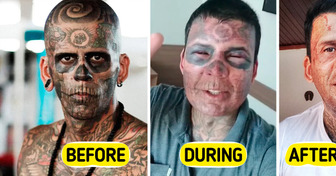9 People Whose Lives Suddenly Took a Sharp Turn

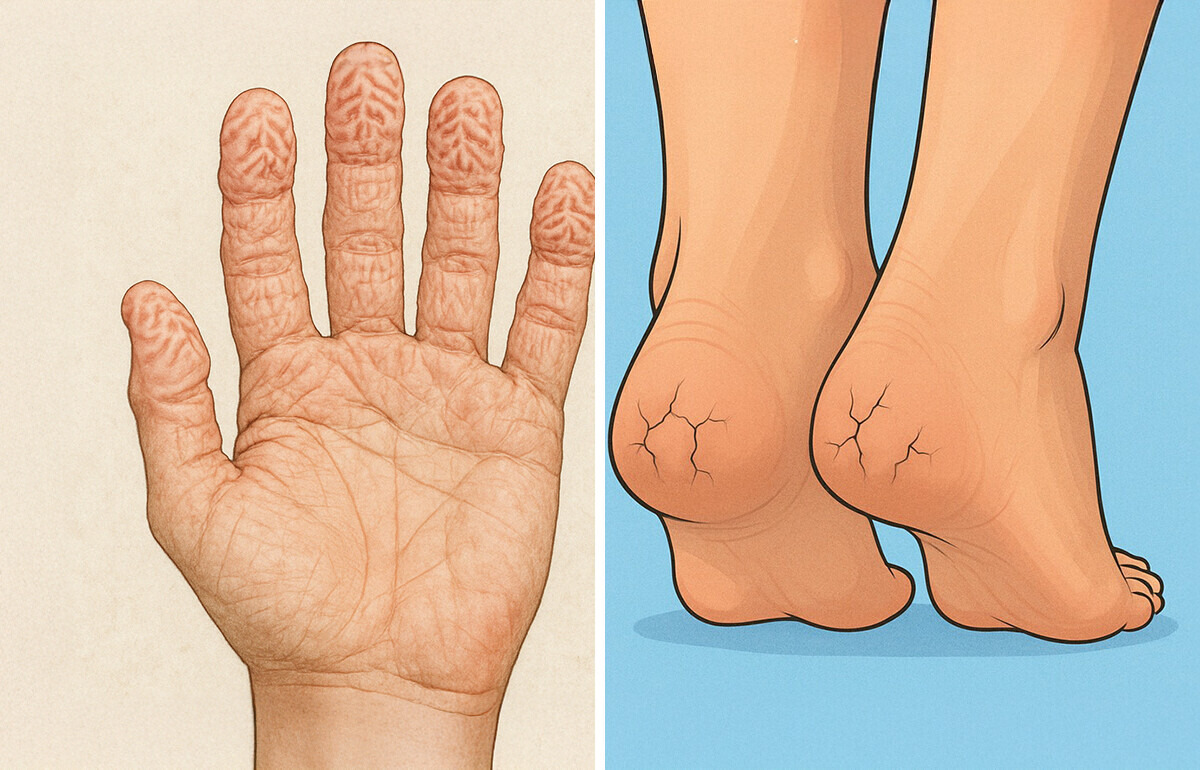
Your skin is more than just a protective layer — it’s also a window into your overall health. Sometimes, subtle changes like a sudden rash, a new spot, or an unusual color shift can be early signs that something deeper is happening inside your body. Paying attention to these signals can make a real difference. In this article, we’ll explore 8 important skin warnings you should never ignore.
CONTENT IS PROVIDED FOR INFORMATIONAL PURPOSES ONLY AND IS NOT INTENDED AS A SUBSTITUTE OF MEDICAL ADVICE. SEEK GUIDANCE OF YOUR DOCTOR REGARDING YOUR HEALTH AND MEDICAL CONDITIONS.
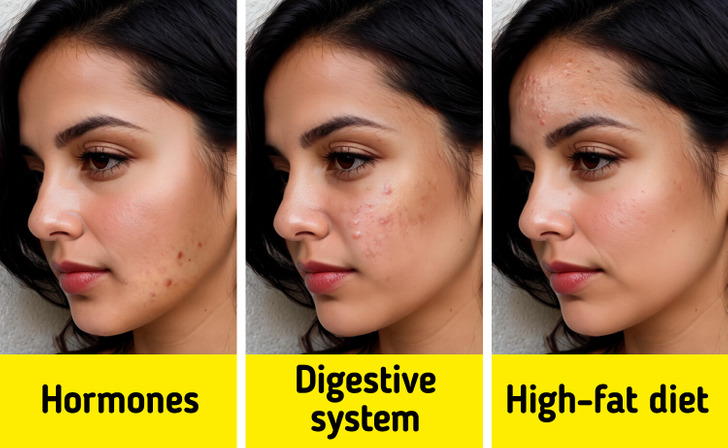
While acne is common, certain breakouts may be related to internal problems. For example:
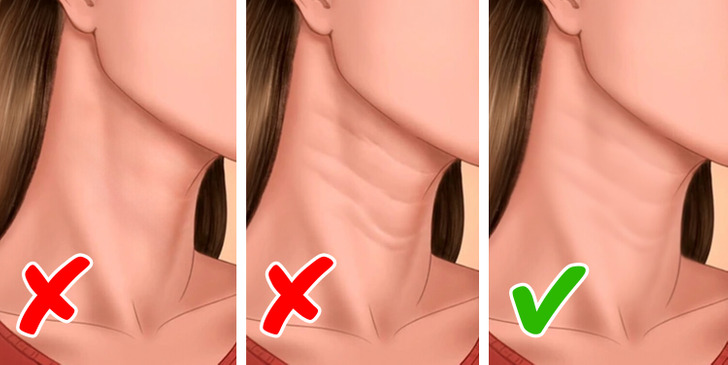
After menopause, a woman’s body produces significantly less estrogen—insufficient to maintain strong and healthy bones. One visible indicator of declining bone density is the appearance of pronounced wrinkles on the neck. These lines could signal that the bones are becoming more fragile and prone to fractures. To help reduce the risk of osteoporosis, incorporating calcium and vitamin D supplements into your routine may be beneficial.
In addition, these neck wrinkles might be hinting at potential issues with thyroid function. If a thyroid disorder is progressing without treatment, it can manifest through physical symptoms—especially around the neck. Beyond wrinkles, dry or flaky skin in that area may also serve as a warning sign to seek medical evaluation.
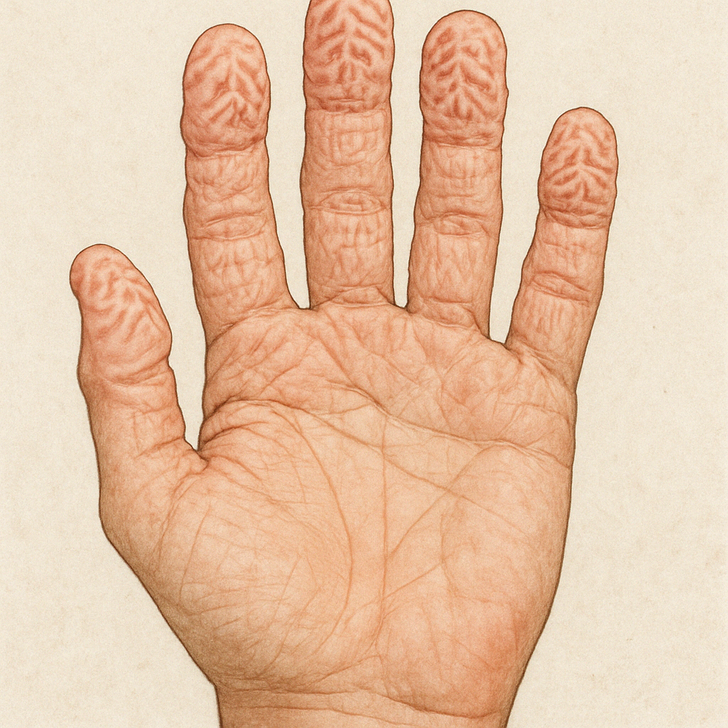
If your hands become wrinkly without prolonged exposure to water, it could be a sign of Raynaud’s disease.
This condition affects blood circulation, causing blood vessels in the fingers and toes to constrict in response to cold or stress. As a result, blood flow decreases, leading to skin wrinkling and color changes—fingers may turn white, blue, or red.
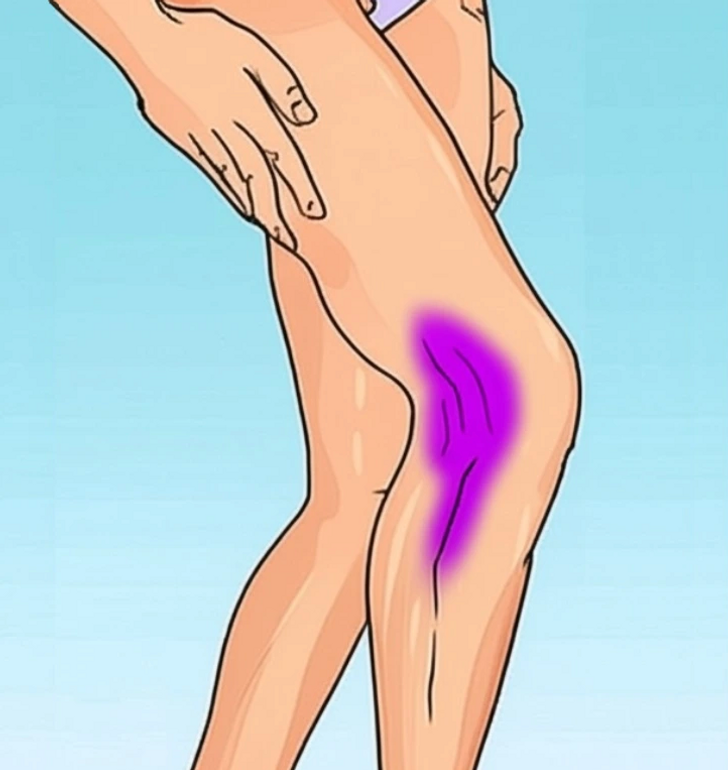
If your wounds take an unusually long time to heal, it may indicate serious underlying health problems. Conditions such as diabetes, heart disease, and peripheral vascular disease can impair blood circulation, reducing the delivery of oxygen and nutrients essential for tissue repair.
Poor circulation also hampers the removal of waste products and bacteria, increasing the risk of infection and further delaying healing. Additionally, high blood glucose levels in diabetics weaken white blood cell function, compromising the body’s ability to fight infection and heal wounds effectively. Recognizing these signs early and seeking medical attention is crucial to prevent complications and promote proper healing.
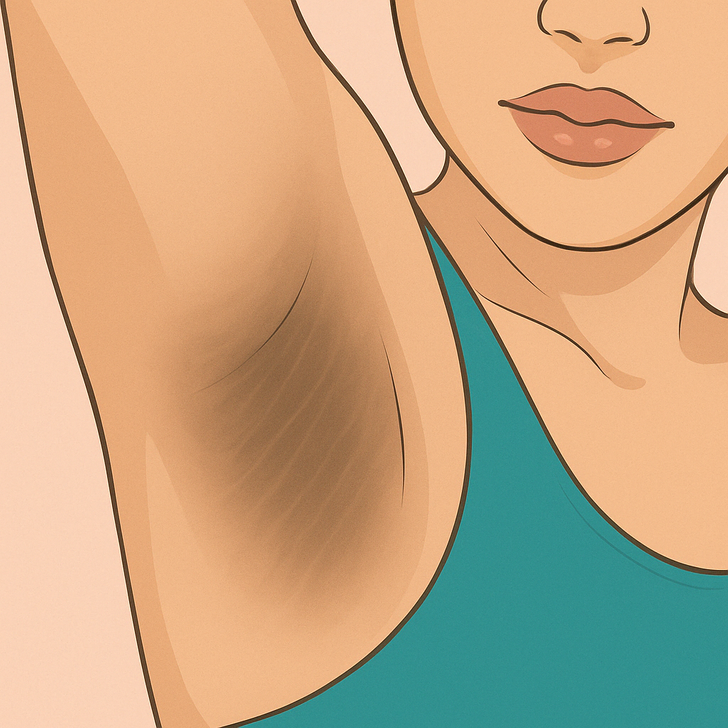
The appearance of dark, thickened skin with a velvety feel—commonly on the neck, underarms, groin, or other areas—can be a sign of prediabetes. This skin condition, called acanthosis nigricans, often serves as an early indicator of insulin resistance or developing diabetes.
While it occasionally occurs in people without any health concerns, it is most commonly linked to issues with insulin sensitivity. If you observe such changes in your skin, it’s essential to seek medical advice for proper assessment and diagnosis.
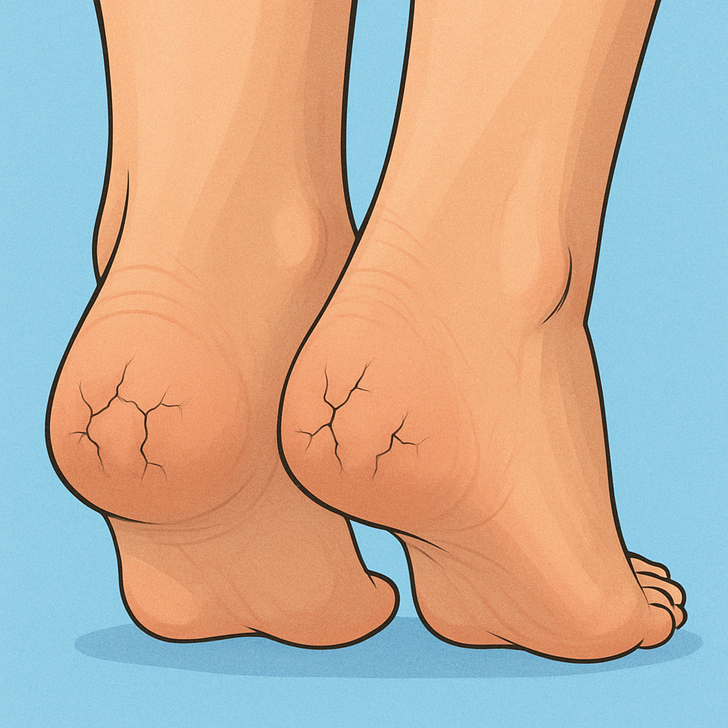
If you notice your heels are cracked, it could be an early warning sign of an underlying thyroid condition. Cracked heels, especially when persistent and accompanied by dry skin, could be more than just a cosmetic concern—they might signal hypothyroidism, a condition in which the thyroid gland doesn’t produce enough hormones.

The eruption of small bumps on the skin may indicate extremely high levels of blood triglycerides, a condition known as hypertriglyceridemia. These bumps, called eruptive xanthomas, are fatty deposits that typically appear on the back, buttocks and arms.
Early detection and treatment are important to prevent complications like pancreatitis and cardiovascular disease.

If you notice a reddish, butterfly-shaped rash on your cheeks and the bridge of your nose, it could be a sign of lupus, an autoimmune disease.
Quick check:
If so, see a doctor to rule out autoimmune diseases.
Here you can learn about the early signs of dementia that people often overlook.




